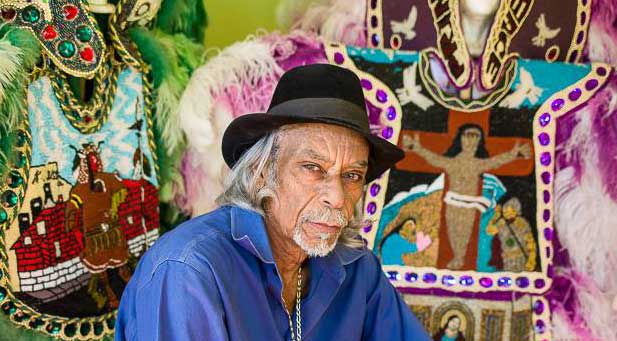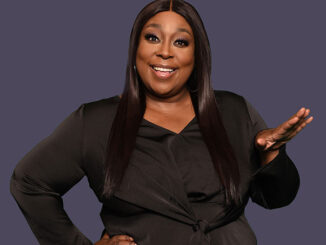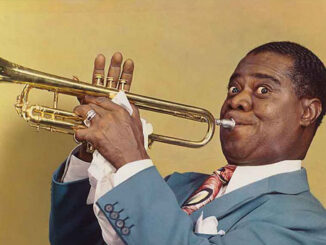
Glenn Jones
Timeline
Big Chief Alfred Doucette- Flaming Arrows
Big Chief Jabby 1940’-1952
Big Chief Merch (Theodore Goodman) 1952- 1970
Big Chief Kevin Goodman 1970 – present
As Big Chief Alfred Doucette prepared for his interview, he reflected on how things changed in his neighborhood and community.
Thinking about his youth, the Chief remembers his grandfather, father, mother, and older brother as mentors in his life.
“Back then everybody wanted to teach you something,” the Chief said. “They wanted you to be better than they were.”
“I’m a Master Carpenter, Master Body-and-Fender man. I built race cars and integrated the tracks in Mississippi back in the 60s. Me, Otis, Hank, David and Kingsely Roy—we went out there and raced all day and won the money and the trophy.
Chief never let any obstacle stop him from getting what he deserved.
“I wanted a mansion because I used to work in them as a boy—I got one. I wanted race car—I got one. I wanted a Benz—I got one. I wanted Indian suit—I got one…them!”
Q: Chief how did you get introduced to this culture?
“In 1952 my daddy had a carpenter business and Henry worked for my dad. Jabby, out the 9th Ward, would come and get Henry for Indian practice. Henry lived 2 blocks away on Rocheblave and he masked as a Wildman. My brother, Merch (Theodore Goodman), got interested through Jabby, and he started making Indian suits. And, all of a sudden, a whole bunch of guys from out the neighborhood started masking and it seemed to spread throughout the City.”
Q: Chief where do you get your inspiration for the themes of your suits?
“The Strange Fruit Suit came from a dream I had. Some people from around the corner were getting ready for a second-line. I told them I had a dreamed about a lynching and the man’s momma said, ‘Chief if you’re thinking about doing a suit about lynching then you need to hear Billy Holidays Strange Fruit.’ From there I went straight to Maline’s house. I downloaded and it pulled up—and when I heard that song I knew what I had to sew. I sewed that suit—Klu Klux Klan, Boy hanging from a tree, slave ships, slave auctions—I brought it to them. I put it out on the streets. I put it on their mind. When they saw me come out, they bowed on one knee. My Prince of Peace suit as well. The biggest compliment you can get from an Indian in the streets is for them to bow on one knee.”
Q: What style of beading or style of suits do you create?
“My suits are different, much lighter than most. See those boys Shaka and how their crowns can be 15 feet high in the air? Mine are nine feet. I asked Shaka how much that crown weighed and he said ‘maybe 100 pounds, Chief.’ I said, ‘wooh.’”
“Tootie Montana was another one that did his suits like that. He was a plasterer and made stuff for his Indian suits with mold plaster. He made iron hook ups to hang that stuff and put it on his shoulders and walked with it.”
Q. What Impact does this culture have on the kids?
Dedication!
“Not just anybody can do this. You will hear people say ‘Boy, I’mma sew for next year,’ but that just be talk. This is strictly dedication. It’s just like a kid going to school to read and write. This is strictly dedication. And, if you don’t dedicate yourself to something you’re not going to have nothing. See, kids don’t know that what they see, and what they see is not right. Kids got to recognize the right thing will get you to the right place, and the wrong thing will get you to the wrong place. It’s as simple as that. Our kids today are not getting educated at school or home.”
Q: When was this culture at its purest?
“Claiborne Street [before the Claiborne expressway] was our corridor. They had all those Oak trees over there. We used to picnic—people from all over town. People used to come between Esplanade and Orleans and swap food, ideas and network. It was a big ol’ family thing and the Indians and the revelers used to come through and that was our Mardi Gras. Our Mardi Gras was on Claiborne Street (for the Blacks) and they made cowboy costumes, baby doll costumes anything they could think of they made. But, the Indians were the main attraction!
Recommended For You.






Be the first to comment